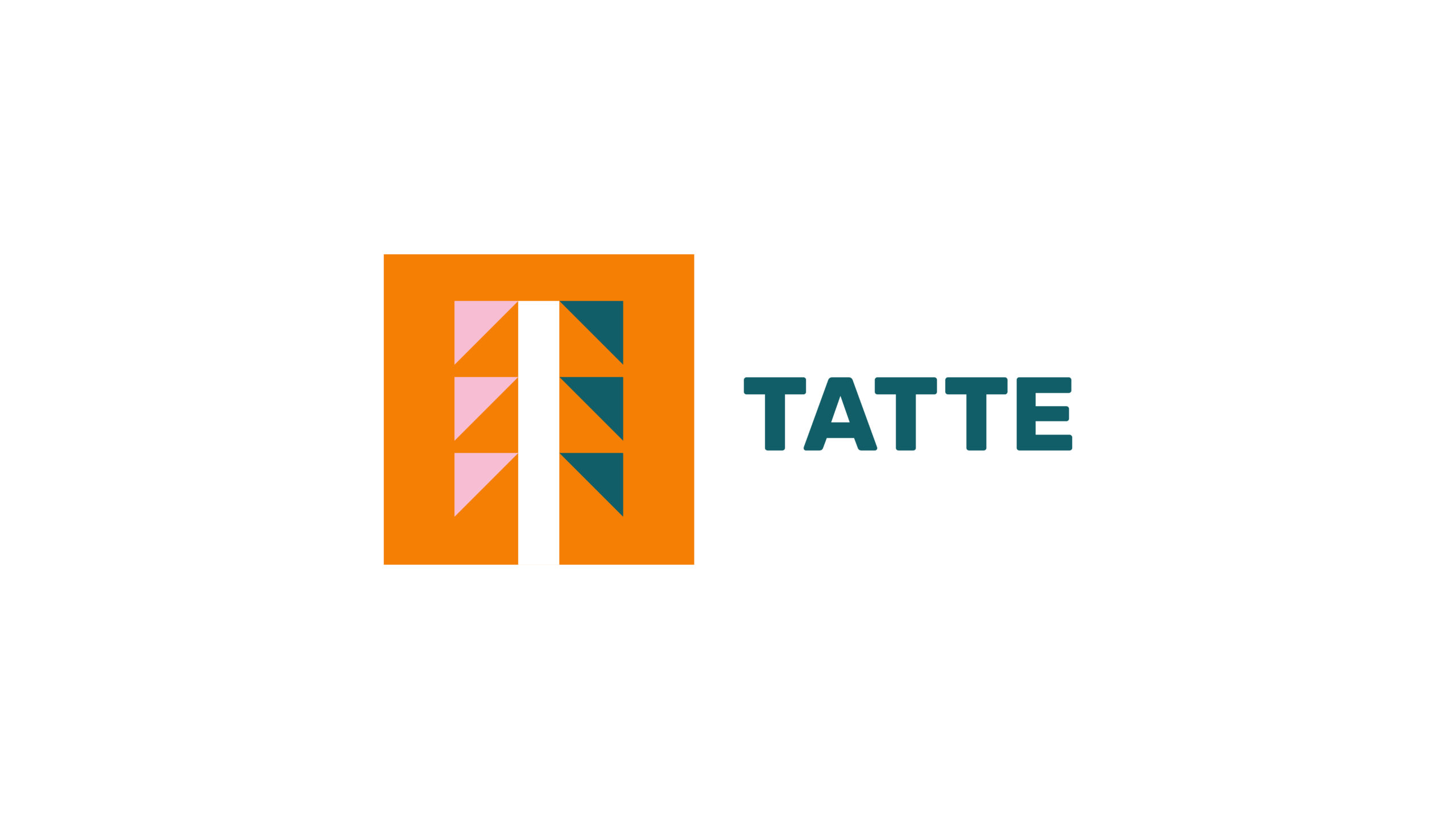The Tampere University working group focusing on work plan instructions has requested comments on the current instructions and practices related to work plans. Comments were requested, for example, from staff organizations. Tatte has sent the working group the following remarks:
Work plans are an important tool in ensuring that the workload of employees with annualised working hours is just. When the employee has annualised working hours it is not necessary to follow working time in detail, because the work plan can be used to agree on what tasks an employee is expected to complete. At its best, a work plan can bring to light an unevenly balanced workload, and the plan can be adjusted as necessary. Therefore it is not inconsequential how employees are instructed to fill a work plan.
Regrettably, however, work plans are currently often perceived as separate from the realities of the academic staff. Numerous tasks, such as assessment of learning tasks and peer-reviews for journals, are included in work plans despite the fact that the number of these per year cannot be estimated ahead of time. Neither can the time required for writing a research article be estimated to the hour. The work plan is therefore strictly a broad outline of an employee’s annual workload. This discord between the work plan and the reality within which it is executed often leads to experiencing it an unnecessary burden to fill the work plan in a minute-by-minute manner. In addition, the current instructions for work plans do not support the connection between teaching and research, and rather underscore the division of the two. This development is a cause for concern both from the perspective of the university’s purpose and how meaningful as an unnecessary burden its employees consider their work. The matter should be addressed without delay.
The work plan should be developed as a community tool used for protecting the academic staff’s right to autonomy concerning their work, and to ensure time that is available for research. For example, if the work plan states that an employee will spend 900 hours for research and assesses five Master’s theses, but ultimately they assess ten Master’s theses, it is vital to recognize that this is time away from conducting research. When an employee conducts a performance review or a performance appraisal interview with their supervisor it is central to recognize if the employee has completed the tasks set in their work plan. If time assigned to research has been used for supervisory work and teaching, it is understandable that publication goals are not met. In these types of situations, not meeting one’s publication goals cannot be a barrier to attaining a raise based on the personal performance evaluation. Further, it is necessary to ensure that teaching and supervisory work do not repeatedly reduce the time available for research. One way to make sure this time is available is to mark time into the work plan that is free of teaching and supervisory work.
When developing the instructions at the level of the entire university, it is well to remember that the writing and formal processing of the work plans do not in themselves help attain the valuable goals, such as enhancing the community’s internal transparency, toward which the instructions direct employees. Therefore the role and utilization of the work plans as part of the planning work in the work communities should be clarified. Following such clarification, it would be genuinely much easier to reflect on whether the number of hours assigned to a particular task is realistic.
The time available for preparing teaching and supervision was rather sparse in the instructions distributed last spring. While it is commendable that the university strives for equality in its common guidelines, this cannot mean that the differences between fields, courses, teachers’ and students’ needs are overlooked. Delineating time for teaching and supervisory work should, therefore, be more flexible. This flexibility would support the ability to adapt to changing situations, such as substitutions and the changes related to long distance or hybrid teaching.
We would also like to underline that it is wise to continue compensation for teaching outside of the work plan for the university’s own staff as well, because practice has found changing work plans in the middle of the academic year quite difficult.
If filling the work plan and assessing its fulfillment meet the realities of the employees and the work community, the academic staff will be well motivated to fill the work plans to the best of their ability. A lack of motivation, on the other hand, may lead to work plans which are inaccurate. If the management loses sight of its employees, the leadership will become increasingly difficult. The university’s management and close leaders should therefore have the courage and faith necessary to trust that flexible work plans are practical and meaningful to employees even when they are written with a reduced level of detail in the work plan instructions. This will support the attainment of shared goals and work that moves the university community in a common direction.
